Bungle-Space
“The nuclear bomb will turn warfare into the juggling of images.”
—Marshall McLuhan, The Book of Probes (2011)
The nuclear beast is “born secret,” covered in a solid black lanugo, an occultation that embraces every limb of its existence. In the United States, any information related to the "design, manufacture, or utilization of atomic weapons" is classified as "Restricted Data”. As such, nuclear weapons are essentially an occult technology. They are siloed from the rational organs by a meniscus of myth and taboo, a glowing ooze between physics and alchemy.
Since WW2, there have been zero nuclear weapon attacks. In 70 years of nuclear proliferation, there have been zero accidental or unauthorized nuclear detonations. Contrary to decades of alarmist propaganda, for anyone living outside of bug cities, even an all-out nuclear war is 90% survivable. Nuclear Armageddon, in any substantive sense, does not exist. There is only the nuclear deterrent— the deterrence of atomic heroism, the obstruction of divine justice, and the torture of Prometheus.

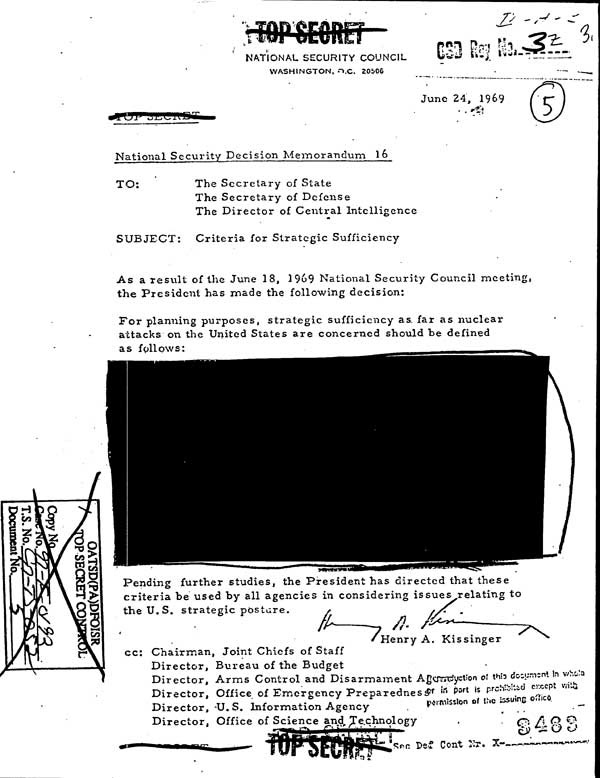
In contrast to the somber, almost religious tone of films like Oppenheimer, a clownish reality exists where these most fearsome artifacts of human engineering—nuclear bombs—have repeatedly eluded the tight grip of their custodians. The slapstick trope of "Broken Arrow" accidents, occurring no less than 32 times since 1950, where earth-flattening devices have harmlessly dropped out of the sky or sunk to the bottom of the ocean, poses a comical counter-point to the supposed volatile and, for some, the inherent nature of these devices.
The revelation that no less than six such weapons have been irrevocably lost by the US during the Cold War, with little to no Atomic Mayhem arising, further accelerates us into the surreal reaches of bungle-space1. These bombs, supposedly primed for annihilation and yet lounging dormant in swamps, fields, and ocean beds, dapple a whimsical fallout over the hills of Har Megiddo. Decades of survivalist anticipation betrayed by the demon named “Nothing Happens”.
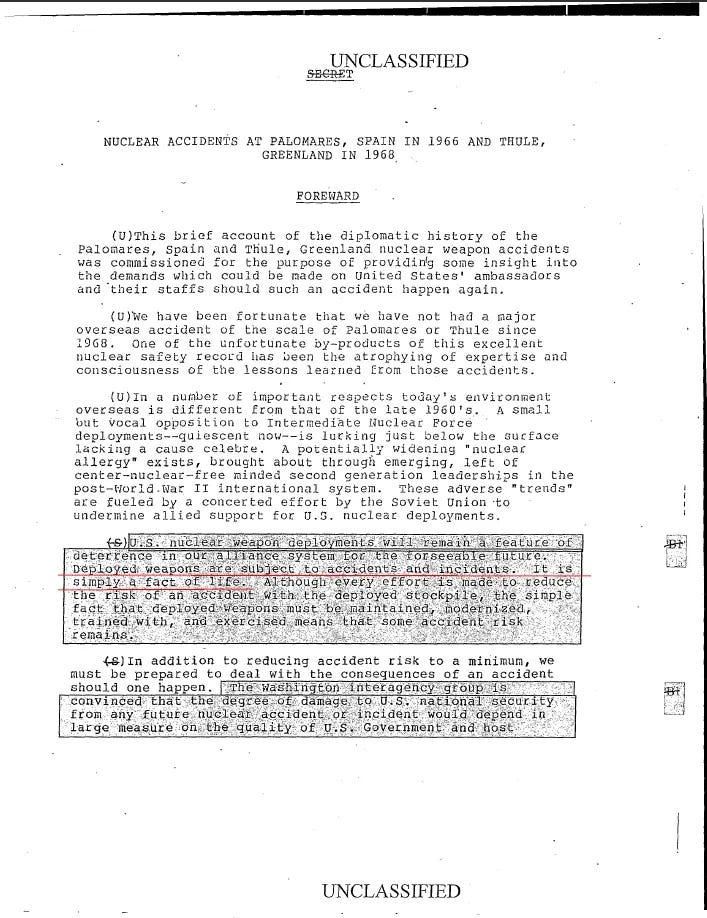
The received wisdom on this curiosity is that nukes are intrinsically incapable of accidental detonation or rest in a fortress of 'fail-safes', so that the odds of catastrophic detonation are practically non-existent. It is true that today, nukes are more or less “goofproof,” and have been since the 1990s. However, according to declassified Cold War documents, the supersafe superbomb was only achieved after decades of bureaucratic warfare. From 1950 to the late 80’s, things were a bit more dicey.
The US Defense Department defines a Broken Arrow as a nuclear accident involving a US weapon that leads to unauthorized launch, jettisoning, fire, explosion, radioactive release, or full-scale detonation. A "Bent Spear" refers to damage to a nuclear weapon without public harm or detonation risk, and an "Empty Quiver" pertains to the loss, theft, or seizure of a nuclear weapon.
Other sources, like the Atomic Archives, define a Broken Arrow more broadly as any unexpected event involving nuclear weapons that results in accidental launching, firing, detonation, theft, or loss. All these definitions amalgamate different categories, leading, through the sorcery of semantics, to an erasure of context. There are events that fall through the cracks and entire spectra of nuclear mishap becomes invisible to us. Add to this the often kafkaesque fetish for redactions and refusal to honor FOIAs, it is perfectly reasonable to assume there are even funnier imbroglios we will never enjoy.
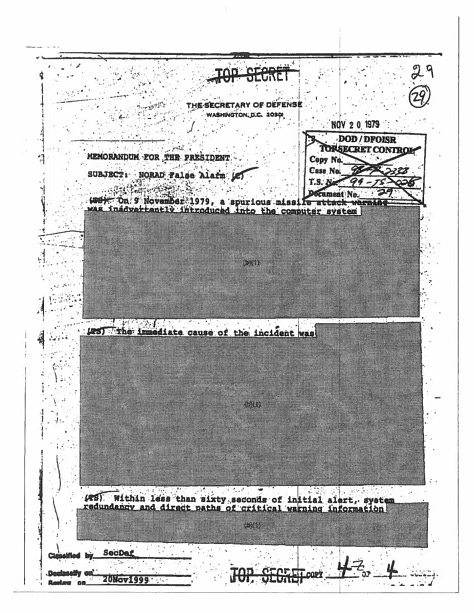
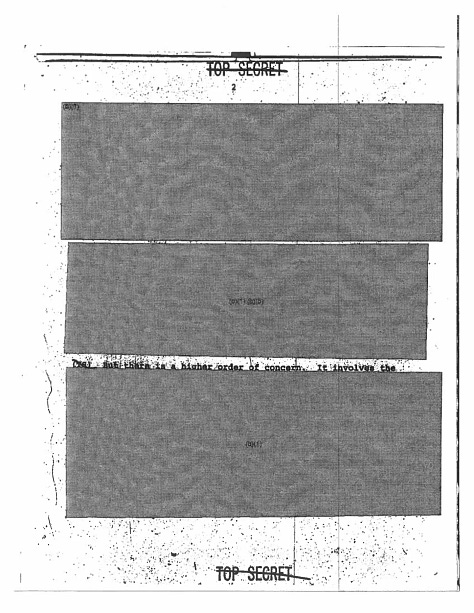
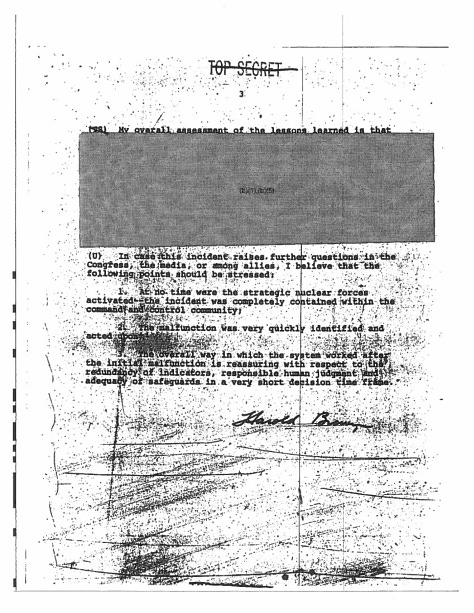
The National Security Archive, for instance, has noted incidents that don't fit neatly into official categories, such as a 2014 security breach at a NATO nuclear weapons depot in the Netherlands and a 2007 incident where six nuclear-armed cruise missiles mistakenly went missing, randomly shipped to the wrong place and left unguarded. Mishandling nukes overseas is often swept under the rug, into the dusty abyss of “overclassification", so as not to incense our NATO allies.
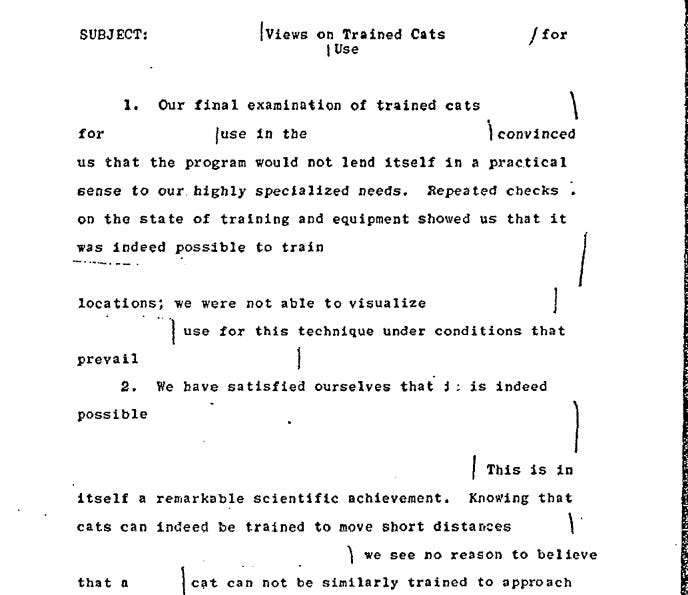
According to the US Defense Department's list, there were 32 Broken Arrows between 1950 and 1980, with zero since. However, the definition and categorization of these incidents are arbitrary and overlook numerous close calls. For instance, a 1956 incident at a UK Air Force base involving a flame-engulfed hydrogen bomb on a fighter plane is not officially listed as a Broken Arrow. A bomber lost control and crashed into a storage area containing three nuclear weapons, causing significant destruction. The resulting explosion scattered burning fuel over the three nuclear weapons. An official US cable described it as a "miracle" that one of the bombs, which had "exposed detonators," did not explode. One USAF officer characterized the event— "near disaster was averted by tremendous heroism, good fortune and the will of God" (Wilson 2014)
The UK government would not release an official report until 1979, and only in 2003 did they acknowledge another 1961 incident at the same airfield, as part of revealing 20 nuclear weapon accidents in Britain between 1960 and 1991.
A document titled “Accidents and Incidents Involving Nuclear Weapons: Accidents and Incidents During the Period 1 July 1957 Through 31 March 1967,” obtained through FOIA reveals around 1000 accidents and incidents from a single decade, many of which were potentially catastrophic but not publicly disclosed. The document suggests that the official number of 32 Broken Arrows is arbitrary, and there have been hundreds, if not thousands, of serious incidents.

“Narrative Summaries of Accidents Involving U.S. Nuclear Weapons 1950-1980” summarizes the constraints of classified accident reporting, intimating that many details of “Broken Arrow” events, especially those occurring overseas, were likely never revealed:
Since the location of a nuclear weapon is classified defense information, it is Department of Defense policy normally neither to confirm nor deny the presence of nuclear weapons at any specific place. In the case of an accident involving nuclear weapons, their presence may or may not be divulged at the time depending upon the possibility of public hazard or alarm. Therefore, in some of the events summarized here, the fact of the presence of nuclear weapons or materials may not have been confirmed at the time. Furthermore, due to diplomatic considerations, it is not possible to specify the location of the accidents that occurred overseas, except for Palomares and Thule.
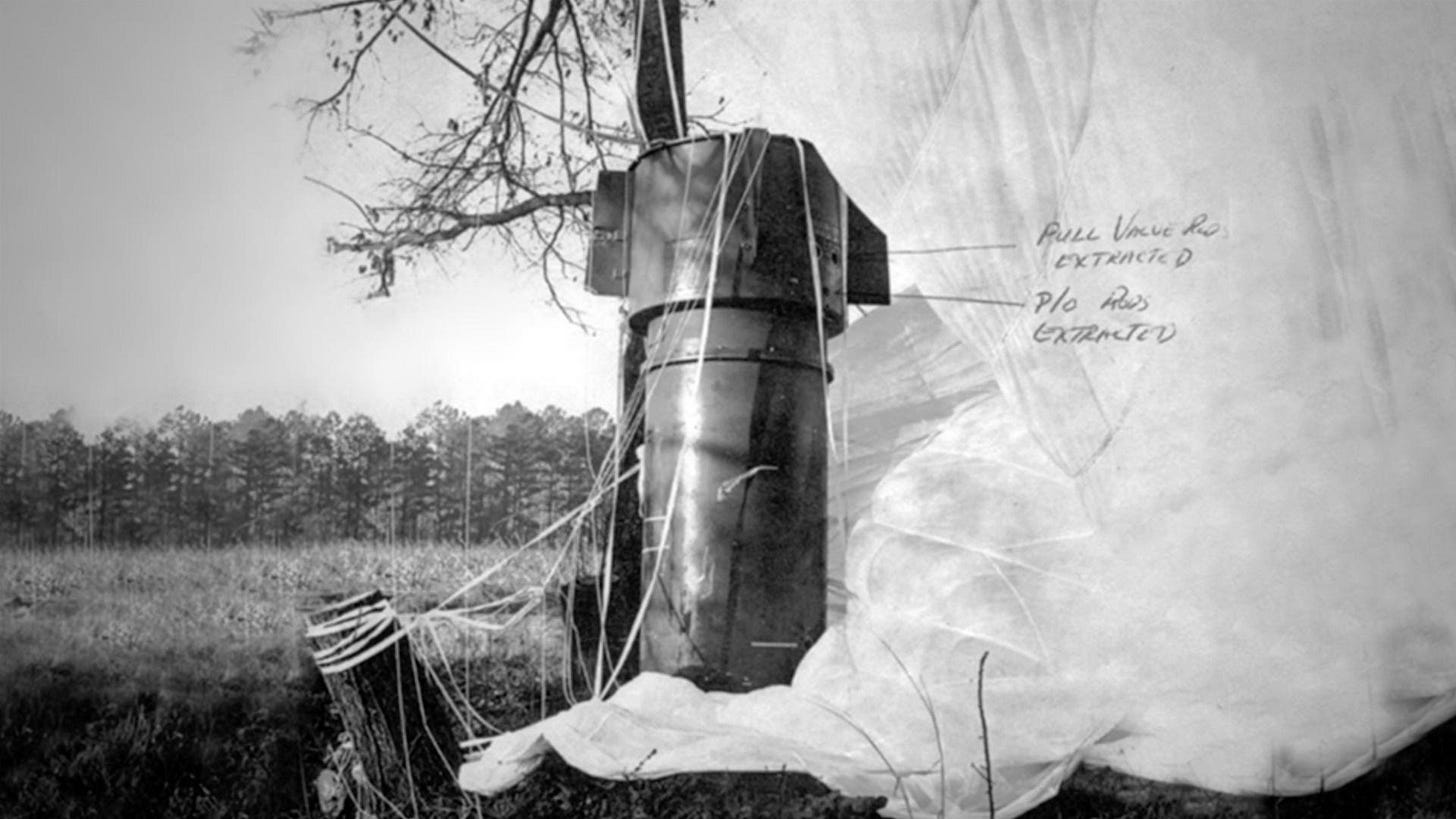
Perhaps the finest, razor-thin trapeze act we have is the 1961 Goldsboro caper, when a B-52 bomber disintegrated mid-flight above Goldsboro, North Carolina, inadvertently releasing two nuclear bombs. One landed in a relatively intact state, its descent slowed by a successfully deployed parachute. However, subsequent inspections uncovered a horrifying detail: three of the four critical safety mechanisms had malfunctioned. Only a single ready-safe switch prevented the 4-megaton bomb from detonating and spreading fire and destruction over a large section of the tobacco belt.
Then-U.S. Secretary of Defense Robert McNamara, in a 1963 document now declassified, characterized the incident with a statement of stark simplicity, noting that it was "by the slightest margin of chance, literally the failure of two wires to cross, a nuclear explosion was averted."
In the official analysis by de Montmollin and W. R. Hoagland, it was found that the first bomb, referred to as "Weapon 1," teetered dangerously close to becoming armed due to the centrifugal forces that tugged at the lanyards linking the cockpit and the armaments. The deployment of the weapon's 100-foot parachute triggered several mechanisms, including the thermal battery, further heightening the risk of activation. The documentarian at the National Security Archive describes the weapon as "virtually armed," highlighting reports that attributed the avoidance of a nuclear disaster to the vagaries of chance.
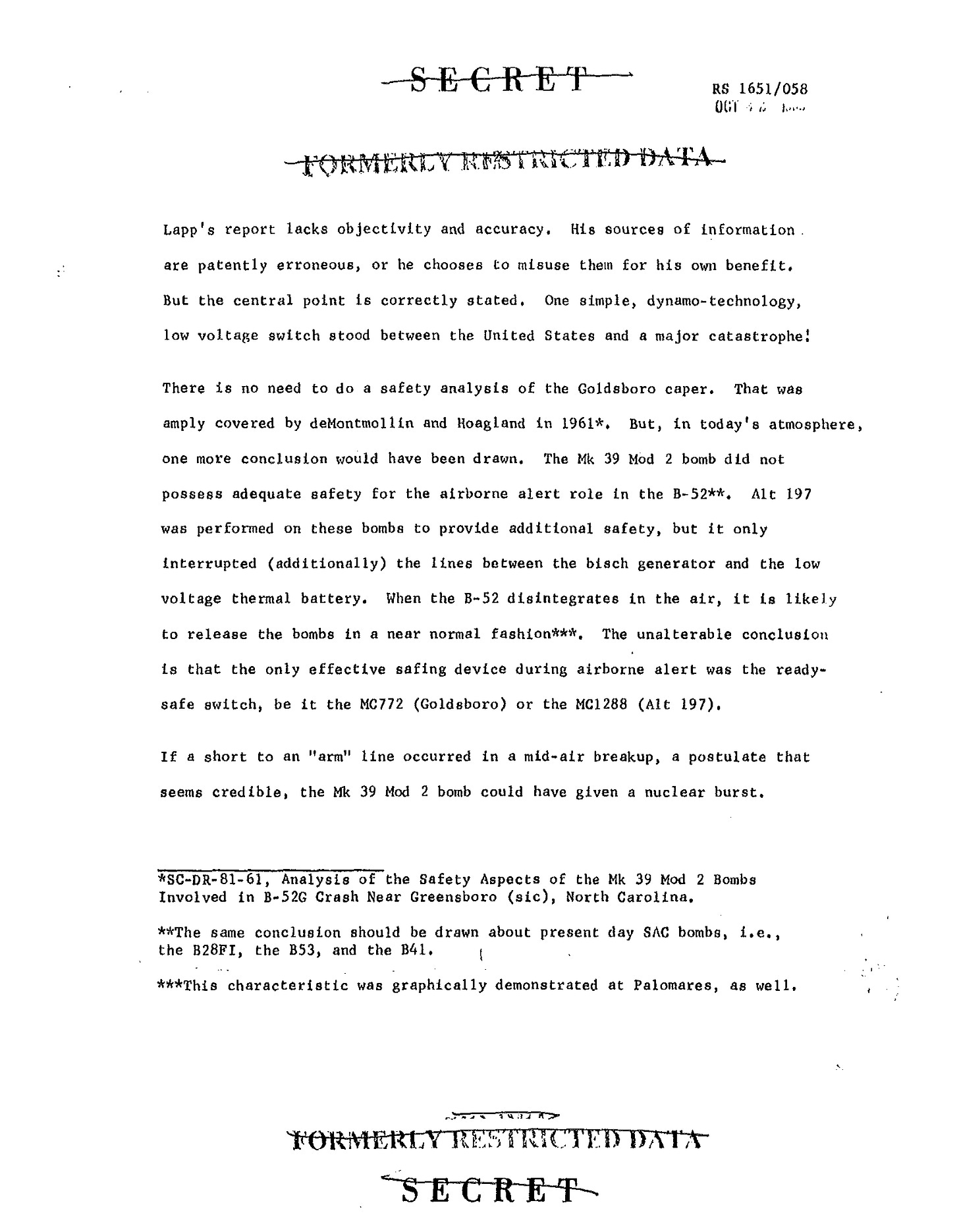
The notion of a “credible” detonation scenario at Goldsboro is confirmed in the above report: “If a short to an ‘arm’ line occurred in a mid-air breakup, a postulate that seems credible, the Mk 39 Mod 2 bomb could have given a nuclear burst.” In the footnotes, the author mentions widespread vulnerability: “[t]he same conclusion should be drawn about present-day SAC bombs, i.e., the B28FI, the B53, and the B41.”
An earlier 1959 analysis by Sandia Laboratory concluded that the Cold War imperative to maintain nuclear weapons in a heightened state of readiness inevitably reduced safety to a game of probability— “Maintaining a nuclear capability in some state of readiness is fundamentally a matter of playing percentages.” The pursuit of "absolute" safety in nuclear armaments was thus deemed a delusion; a compromise on safety standards was seen as essential for maintaining an arsenal of "useful" weapons.
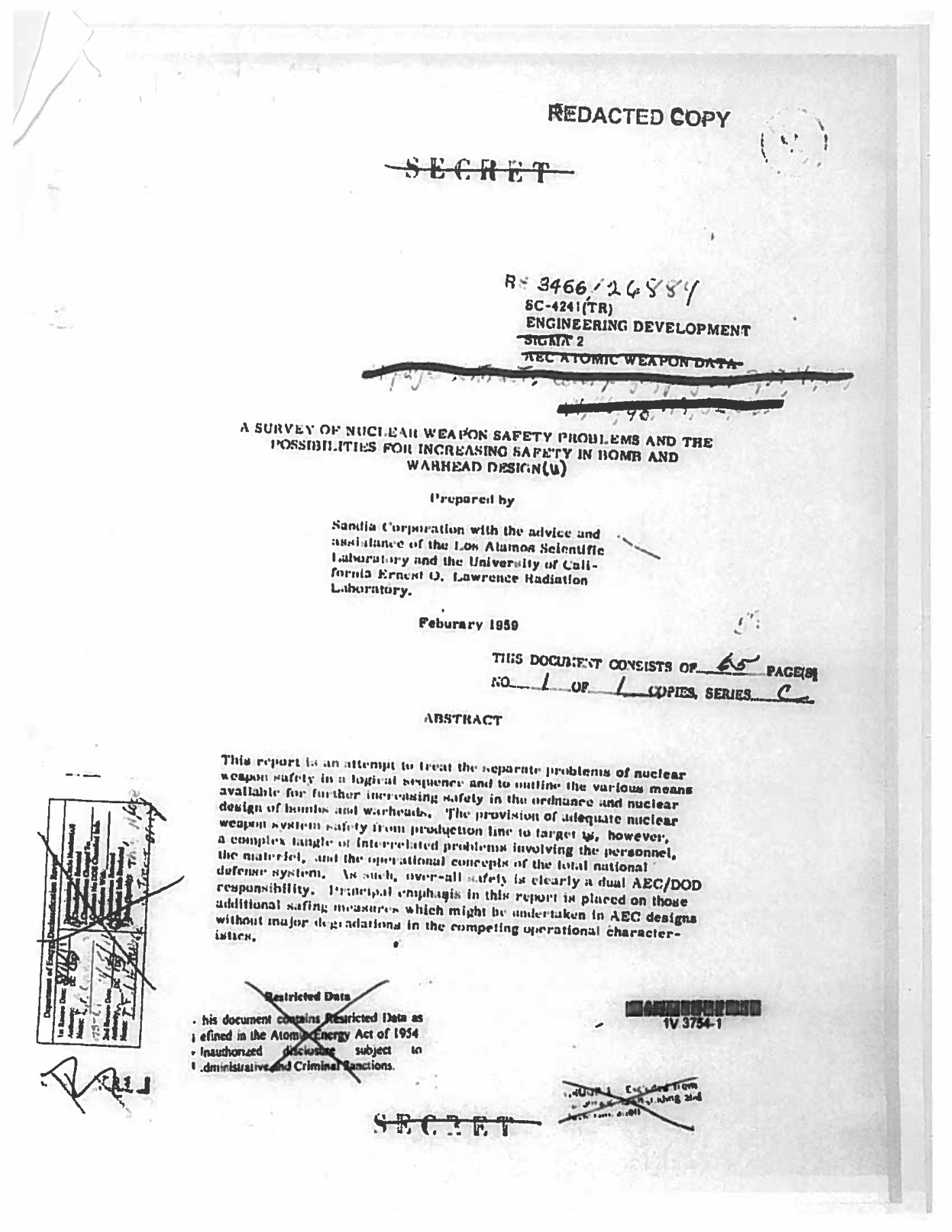
Sandia's engineers knew that the paradigm of 'absolute safety' is a myth—an ideal that, in practice, is not obtained in any known technology. Oskar Morgenstern, a distinguished economist from Princeton, a strategist for military operations, and an advisor to the Pentagon recognized the impossibility of achieving flawless safety. He unequivocally stated, “Some day there will be an accidental explosion of a nuclear weapon,” noting the limitations of human engineering: “The human mind cannot construct something that is infallible … the laws of probability virtually guarantee such an accident.”
In Eric Schlosser's 2014 essay for The New Yorker, "Almost Everything in 'Dr. Strangelove' Was True," it is remarked that upon assuming the presidency, John F. Kennedy was astonished to learn that a single "subordinate commander faced with a substantial military action" had the authority to commence a thermonuclear war.
In early 1962, JFK directed the United States Air Force to enhance the security of its nuclear missiles and bombers by installing additional code switches. These switches were intended to prevent unauthorized launches. Despite the Air Force reportedly perceiving this directive as an insult to their reliability, they reluctantly complied. However, Bruce Blair, a nuclear security expert and former launch officer, alleges that:
"The Strategic Air Command (SAC) in Omaha quietly decided to set the “locks” to all zeros in order to circumvent this safeguard. During the early to mid-1970s, during my stint as a Minuteman launch officer, they still had not been changed. Our launch checklist in fact instructed us, the firing crew, to double-check the locking panel in our underground launch bunker to ensure that no digits other than zero had been inadvertently dialed into the panel. SAC remained far less concerned about unauthorized launches than about the potential of these safeguards to interfere with the implementation of wartime launch orders. And so the “secret unlock code” during the height of the nuclear crises of the Cold War remained constant at 00000000.
The above is footage from "Always/Never: The Quest for Nuclear Safety, Control, and Survivability," an internal documentary film marked as “Official Use Only” for Sandia National Laboratories in 2010. In this segment, weapon designers from Sandia recount the Goldsboro romp:
“All of the sudden now that weapon system [the Mk-39] is free. As the weapon dropped, power was now coming on, and the arming rods were pulled, the baroswitches began to operate. The next thing on the timing sequence was for the parachute to deploy. When it hit the ground, it tried to fire.” “There was still one safety device that had not operated. And that one safety device was the pre-arming switch which is operated by a 28 volt signal.” “Some people could say, hey, the bomb worked exactly like designed. Others can say, all but one switch operated, and that one switch prevented the nuclear detonation.” “Unfortunately there had been some 30-some incidents where the ready-safe switch was operated inadvertently. We’re fortunate that the weapons involved at Goldsboro were not suffering from that same malady.”
This film isn't intended for mass consumption—it's specifically produced for use within a nuclear weapons laboratory. It isn’t secret information, it merely remains siloed from public knowledge, through the logistics of bungle space it is reduced to the data of accidentology. Of course, the film omits to mention as others have that errant electrical currents from dislodged wires in the disintegrating airplane could have easily led to full activation of the hydrogen bomb, leading to its probable detonation.
In "Normal Accidents: Living with High-Risk Technologies," Charles Perrow lays out the inherent vulnerabilities of complex systems, applicable to nuclear weapons. These systems, characterized by their intricate, tightly-coupled nature, are prone to catastrophic failures stemming from seemingly trivial events. Minor anomalies can trigger unpredictable and cascading interactions, overwhelming both technological safeguards and human operators.
The 1980 Damascus Titan II missile explosion exemplified these “cascading interactions” in the tightly-coupled systems of nuclear armaments.
On September 18, 1980, during routine maintenance at a Titan II missile silo in Damascus, Arkansas, an airman accidentally dropped a simple wrench socket, which was reportedly the wrong size. This socket fell about eighty feet and pierced the rocket’s first-stage fuel tank, leading to a fuel leak. The incident escalated rapidly: by 9:00 p.m., Air Force personnel were evacuated, and an hour later, nearby civilians were also evacuated. The efforts to manage the situation were frustrated by sloppy protocols, and at around 3:00 a.m. on September 19, the missile exploded, launching a 740-ton launch duct door 200 feet into the air. The explosion was found to have been initiated by arcing from an exhaust fan turned on by the investigation team. Remarkably, the W-53 nuclear warhead landed about 100 feet from the launch complex's entry gate without detonating or even releasing radioactive material. However, the explosion resulted in one fatality and injuries to 21 people, including those involved in rescue efforts.
The Damascus shenanigans were not isolated but part of a pattern of issues regarding the safety of the Titan II missile system. A secret Air Force report revealed at least nine instances of system failures in a previous Titan II missile accidents at Rock, Kansas, which had resulted in deaths and injuries. These systems were susceptible to "common-mode failures"—a single issue could rapidly cascade into multiple problems. In extreme instances, continuously exposing a Mark 28 bomb to high temperatures could deactivate its safety features, activate it, and ultimately trigger its detonation.
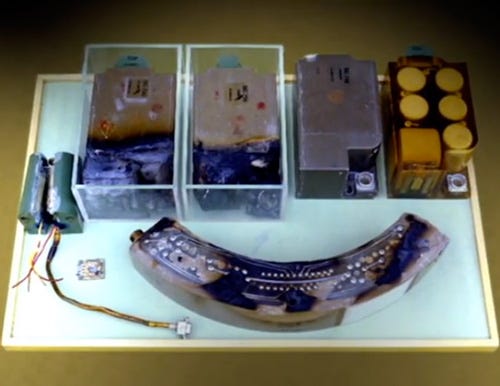
In the early 1970s, Sandia scientists Glenn Fowler and Robert Peurifoy conducted a study on charring and metal splatter caused by high currents or temperatures that resulted in “unintended conductive paths between circuits”. Their findings, presented in a briefing that became known as the "Burned Board briefing" (due to their display of charred circuit boards from nuclear warhead incidents), clearly demonstrated the danger of heat and fire arming weapons through the activation of high-voltage thermal batteries.
In brief, the startling and alarming conclusion was that, for all printed circuit board/polymeric encapsulants tested and within a specific range of temperature/time conditions, shorting between electrical circuits is to be expected because of charring phenomena. This finding, in effect, shattered the image of order conveyed to the designer by circuit diagrams and layouts.
—William L. Stevens, The Origins and Evolution of S2C at Sandia National Laboratories: 1949 to 1996, Sandia National Laboratories, Secret, Excised copy
Throughout the Cold War, the refusal of nuclear warheads to succumb to such anomalies largely depended on the heroic efforts of engineers, a tradition of military discipline, and, to a significant extent, sheer luck. However, it is a source of some bewilderment that, in the hands of nations such as China, Pakistan, and India—each with their own set of hideous, almost inhuman lapses in engineering and safety protocols—not a single nuclear weapon has suffered a negligent detonation. Furthermore, the lawless epoch of oligarchs following the fall of the Soviet Union produced not even one Fallout-style wasteland eventuated by a “nuke baron” or nuclear-armed terrorist.
There is always risk involved in exotic technologies. Due to the born secret status of nuclear weapons and the labyrinth of overclassification, that risk has been negated an unknowable number of times. Is there some mystical force that ensures these weapons will doze, ominously, even amidst exploding aircraft and the maelstrom of human fallibility? Lo, tens of thousands of nukes in pharaonic repose, cozy in their siloes, sleeping through the din of drug-addled missileers, lapses in safety protocols, and 40 years of Cold War hijinks.
The marvelous circumstance that none of these weapons has detonated, whether by inevitable, “trivial events in nontrivial systems,” “common-mode failures,” through "gross human misconduct, sabotage” or even “impulsive or psychotic actions" (Carlson 1959), suggests that this specter of civilizational destruction is an anomaly among technologies— a transcendent artifact maintained by the hand of a magician-god. "Now I am become [REDACTED], the juggler of images."
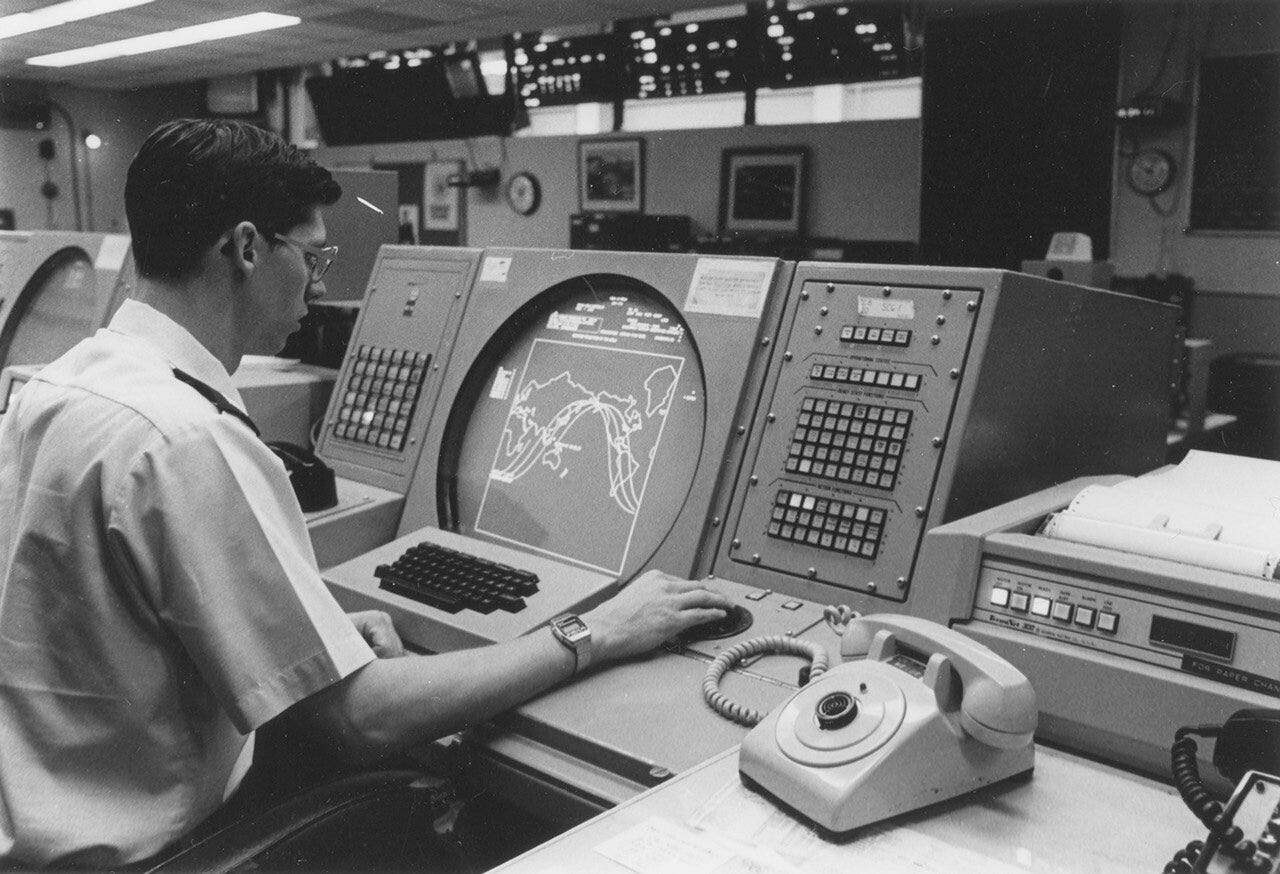
During the Cold War and its aftermath, the world supposedly neared the brink of nuclear conflict due to a series of goofs, blunders, and snafus. Notable frolics include the now infamous Able Archer wargame scare (not fully disclosed until 2015), the cascade of human errors, nuclear-armed flashpoints during the Cuban Missile Crisis, a massive power outage in 1965 mistaken for a nuclear attack, and the 1967 NORAD confusion due to a solar flare. One false alarm on 28 May 1980 was particularly amusing, caused by a failed 46-cent micro-electronic circuit and faulty message design at NORAD, leading to "typographical errors" in messages about missile launches, mistakenly indicating launches of 2, then 200 SLBMs. An unknown quantity of these hair-trigger events is still submerged in bungle-space, with many only surfacing through leaks or delayed disclosures.
On October 25, 1962, during the height of the Cuban Missile Crisis, tensions between the United States and the Soviet Union were at a breaking point. The U.S., agitated by the construction of Soviet nuclear launch sites in Cuba, had enforced a naval blockade, heightening fears of an imminent attack. In response, much of the U.S. military was placed at DEFCON 3, with the Strategic Air Command at DEFCON 2, just one step away from nuclear war. That night, an incident at the Duluth Sector Direction Center in Minnesota triggered a massive scare. A sentry, mistaking an intruder alarm for a Soviet incursion, prompted a frenzied reaction at Volk Field Air National Guard Base in Wisconsin. Pilots scrambled to their aircraft, preparing for what they believed was the onset of World War III.
At the last moment, the portly saboteur was identified— a black bear had nonchalantly triggered the base's intruder alarms while looking for garbage. Although most bases stood down, Volk Field, still operating under the misapprehension of an imminent war, almost launched its nuclear strike aircraft. The base commander had to resort to extreme measures, using a truck to block the runway and prevent the jets from taking off, averting a potential nuclear catastrophe.
On October 5, 1960, one of the most haunting false alarms in US history occurred at the U.S. nuclear command center NORAD. The early warning radar in Thule, Greenland, sent signals indicating that a massive Soviet nuclear attack on the U.S. was underway, with a reported certainty of 99.9 percent. The BMEWs radar in Greenland sent urgent warning reports to NORAD when it misinterpreted "echoes from the moon," as a large object approaching over the horizon from the direction of the Soviet Union.

Despite the high tension and the potential for rapid escalation due to the hair-trigger alert status of U.S. land-based missiles, NORAD barely resisted the opportunity to finish off the lunar menace once and for all. Within a few weeks, scientists developed a fix to prevent the wandering orb’s tricksterish influence. This incident highlighted a crucial oversight in the system's design, which had not considered the possibility of the moon attempting to instigate a nuclear war.
In 1979, the plot of the 1983 film "WarGames" retrocausally merged into our reality when NORAD's programmers accidentally ran a simulation of a Soviet missile attack, mistaking it for a real threat. Zbigniew Brzezinski, President Carter's national security advisor, was alerted that the Soviet Union had launched hundreds of missiles toward the U.S. Brzezinski, prepared for the worst, contemplated ordering a counterstrike, and even kept the news from his family out of mercy, assuming that total Armageddon was imminent.
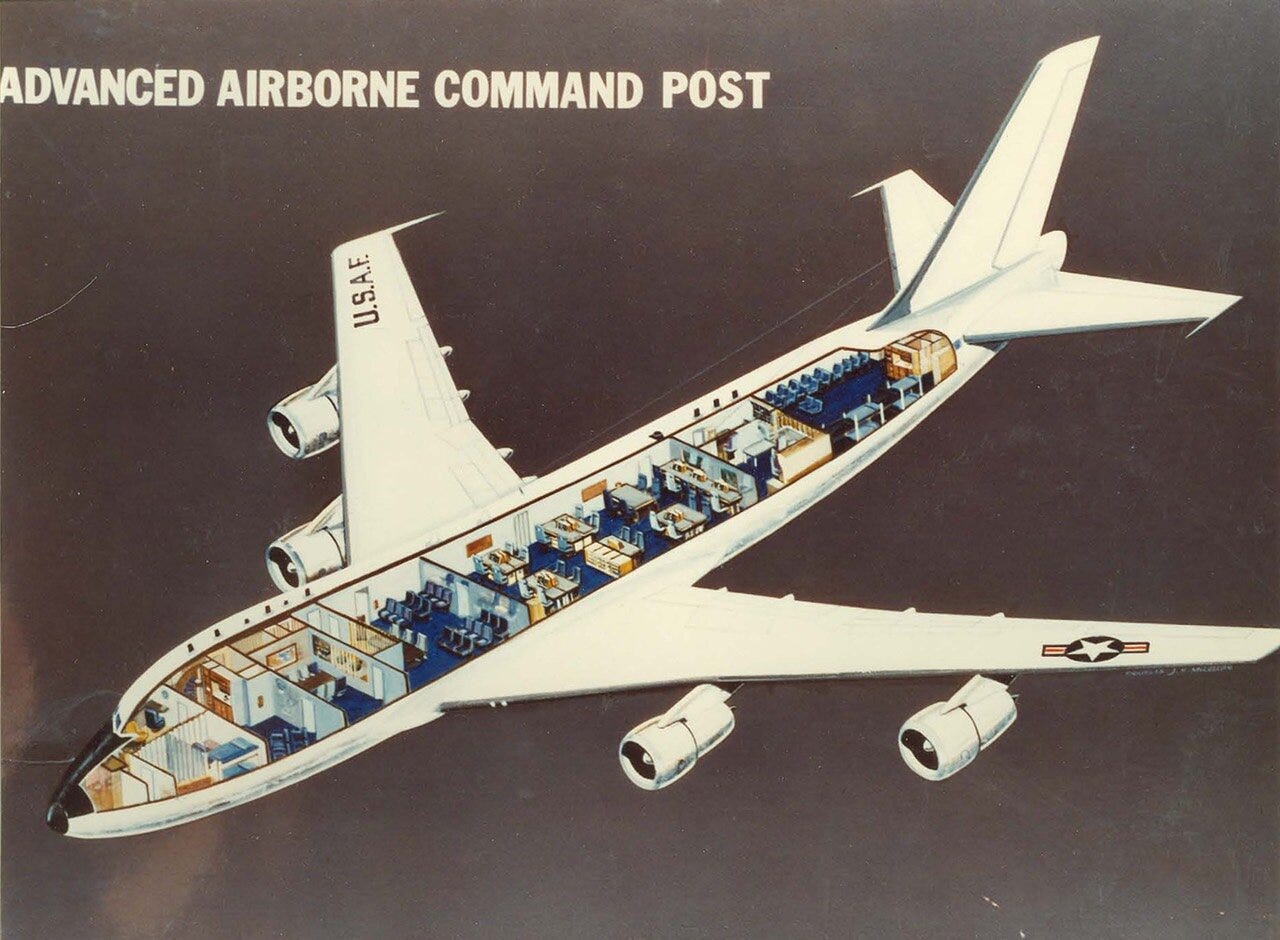
By chance, Brzezinski thought to seek confirmation. Fortunately, it was soon revealed as a false alarm, caused by the simulation overwriting reality, a malignant outgrowth of command and control. Intriguingly, the incident was downplayed in the media, and President Carter was not immediately informed. The event would enter the public mind by other means. Michael Warner explains in Cybersecurity: A Pre-history,
In a case of art imitating life, the popular thriller WarGames adapted this scenario in 1983 — and President Ronald Reagan was impressed enough by co-star Matthew Broderick’s hacking skills to mention the movie’s scenario at a meeting with members of Congress and the Army’s Chief of Staff. Lastly, in a case of life imitating art, high school students from Milwaukee, inspired by WarGames and calling themselves the 414s (after the city’s telephone area code), proved that same summer that high schoolers really could get inside unclassified military networks.
Tangentially, Reagan’s interest in the film led to his signing a classified national security decision directive, NSDD-145, titled “National Policy on Telecommunications and Automated Information Systems Security.” Before the internet was even invented, it gave the National Security Agency (NSA) oversight of every computer network, whether military, government, or personal. At the time, spying on Americans was expressly forbidden and new laws were quickly sponsored to override the directive. According to Wargames’ lead writer, Laurence Lasker, in researching the film he had randomly called up RAND and got in touch with an engineer named Willis Ware, who had written a 1967 paper called “Security and Privacy in Computer Systems” discussing the vulnerabilities of ARPANET. Mr. Ware just so happened to be a “long-time friend” of the NSA spook Donald Latham, the main author of NSDD-145, having formerly served on the NSA’s scientific advisory board. Lasker also consulted Peter Schwartz of SRI International, who would go on to found Global Business Network (GBN), the consulting firm responsible for the eerily prescient pandemic scenario commissioned by the Rockefeller Foundation known as “Lock Step.” Of course, Lasker would become a member of GBN, along with his Wargames co-writer, Walter F. Parkes— a CNAS member. (There is enough material on Lasker for its own article.)
The parafictional ride never ends. Though Wargames is a particularly egregious example, science fiction has wielded this power since its inception. The term "atomic bomb" first appeared in H.G. Wells' novel "The World Set Free," published in 1914. In another 1914 novel "Beyond the Spectrum," Morgan Robertson depicts a future U.S.-Japan war starting with a surprise December attack on Hawaii and escalating to the use of devastating "Ultraviolet" superweapons that mysteriously ignite ships, blind sailors, and cause severe thermal skin damage.
John Wood Campbell (1910 - 1971), recognized as the father of modern science fiction, made his debut with the short story "When the Atoms Failed" in 1930, noted by J. Bergier for "containing at least one prophecy per line." This one short story surfaced several unearthly artifacts, including modern computers, artificial intelligence, and "Total material energy," defined as the complete annihilation of matter with a 100% energy yield. Later musing on the phenomenon, John W Campbell wrote in "Science Fiction Prophecy," published in the November 1949 issue of Astounding:
"Generally, a desirable, practically attainable idea, suggested in prophecy, has a chance of forcing itself into reality by its very existence. Like, for example, this particular issue of Astounding Science Fiction."
"Tomorrow's Children," a story published in the March 1947 issue of "Astounding Science Fiction," presents the first instance of the "nuclear winter" concept. This idea would later be exploited by the Soviets and promoted through a network of NGOs, as well as by individuals such as Carl Sagan, who perfectly played the role of “useful idiot”.
In 2000, a senior agent in the KGB’s successor agency defected. According to the FBI, Sergei Tretyakov “literally held the keys to a Russian intelligence gold mine.” At the KGB’s Red Banner Institute, Tretyakov read dozens of case studies wherein the KGB had used propaganda and disinformation. There was one the KGB was most proud of: “It created the myth of nuclear winter.” After NATO’s double-track decision, Andropov ordered the Soviet Academy of Science to produce a doomsday report to incite more demonstrations in West Germany. Soviet scientists had been researching dust storms and found an “anti-hot house effect” due to dust particles shutting out the sun’s rays, a story which was duly picked up by the BBC. Under the direction of Yuri Izrael (a future vice chair of the IPCC), they applied the “anti-hot house effect” to the dirt and debris thrown up by the use of nuclear missiles in Germany during a Soviet attack to show that temperatures across Europe would plunge. “I was told the Soviet scientists knew this theory was completely ridiculous,” Tretyakov said. “There were no legitimate scientific facts to support it. But it was exactly what Andropov needed to cause terror in West.”
—Comrade J: The Untold Secrets of Russia’s Master Spy in America after the End of the Cold War, by Pete Earley
Over the past several decades, anti-nuclear activists have doggedly assembled a series of decontextualized events into a frame that can be characterized as “Every Nuclear-Tipped Missile is an Accident Waiting to Happen.” This requires an inversion of reality. One could more elegantly frame this ‘cabinet of anomalies’ into proofs of the uncanny safety of nuclear armaments, thereby reifying the myth of the ‘perfected weapon’. In his ant-like progression, the anti-nuclear nerd has crossed into the void of bungle-space, and canceled out his own argument.
Let the historical record show that the nuclear bomb is a creature of peace, a plutonium-filled kitten that can be dropped from great heights—an unknowable (perhaps infinite) number of times—and land with aplomb. Despite the clumsy handling of its masters, supposed “Cold War paranoia,” errant bears, and suspicious moonrises, the nuclear beast fails to scratch or bite, content to lap up warm bowls of uranium-235 from our outstretched palms.
bungle-space: a non-sense realm where laws of probability are distorted, perhaps by obscuring the view of skeptical observers, allowing one to get away with anything. Transcendent artifacts are found there, exotic technologies that work perfectly the first time, because they emerged from fiction.
Through the Atomic Portal
“I told them that we did not regard [the atomic bomb] as a new weapon merely but as a revolutionary change in the relations of man to the universe and that we wanted to take advantage of this; that the project might even mean the doom of civilization or it might mean the perfection of civilization; that it might be a Frankenstein which would eat us up or it might be a project ‘by which the peace of the world would be helped in becoming secure.’”
Bungle-space: a non-sense realm where laws of probability are distorted by obscuring the view of skeptical observers, allowing one to get away with anything. Transcendent entities are found there: exotic modes of being, personas, media events, and technologies that always "bounce" back into normality, or into obscurity, when bungled.


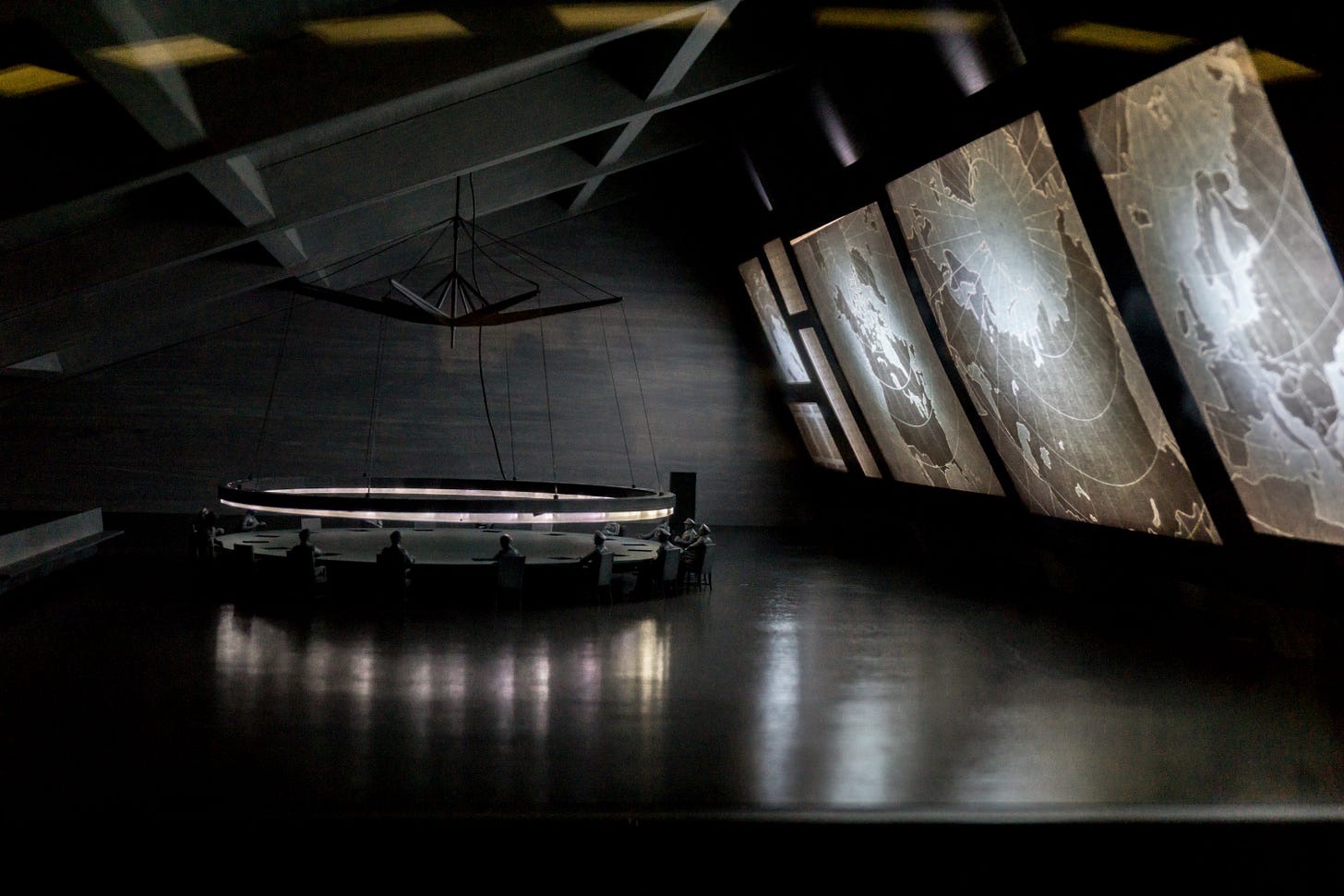
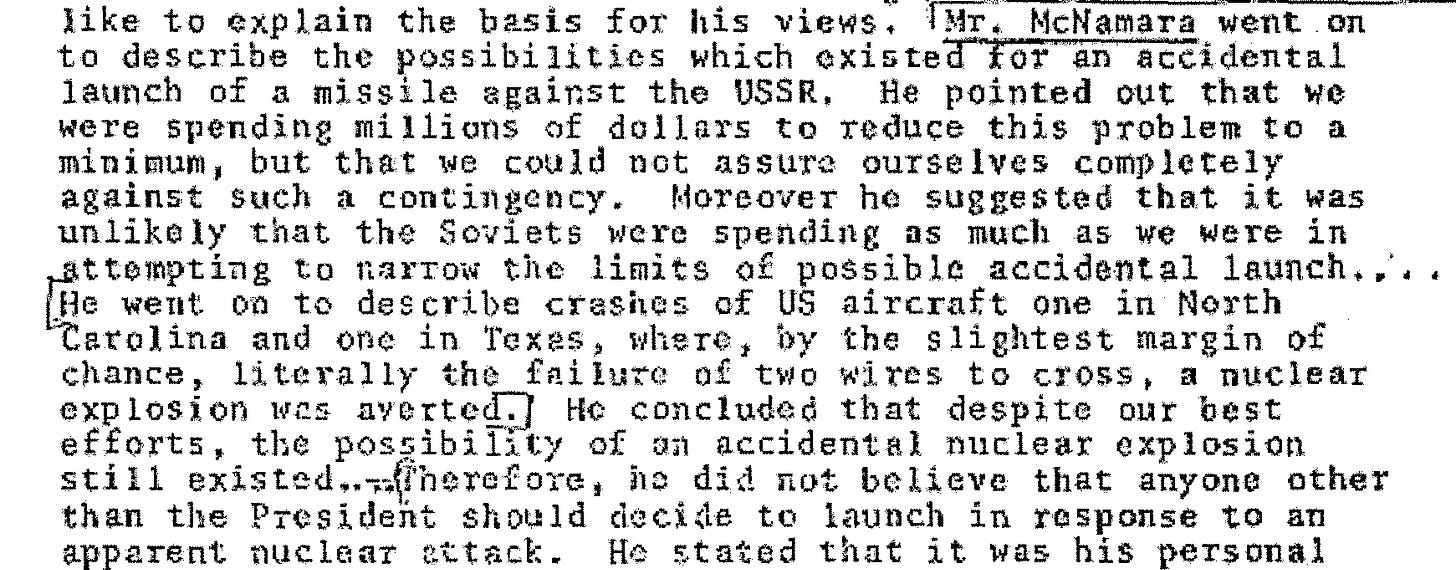
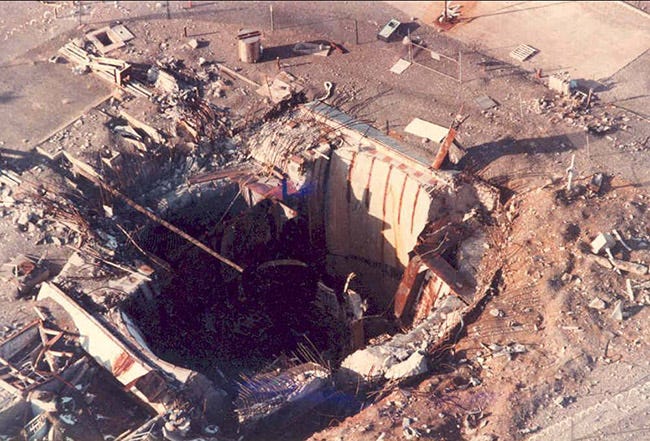
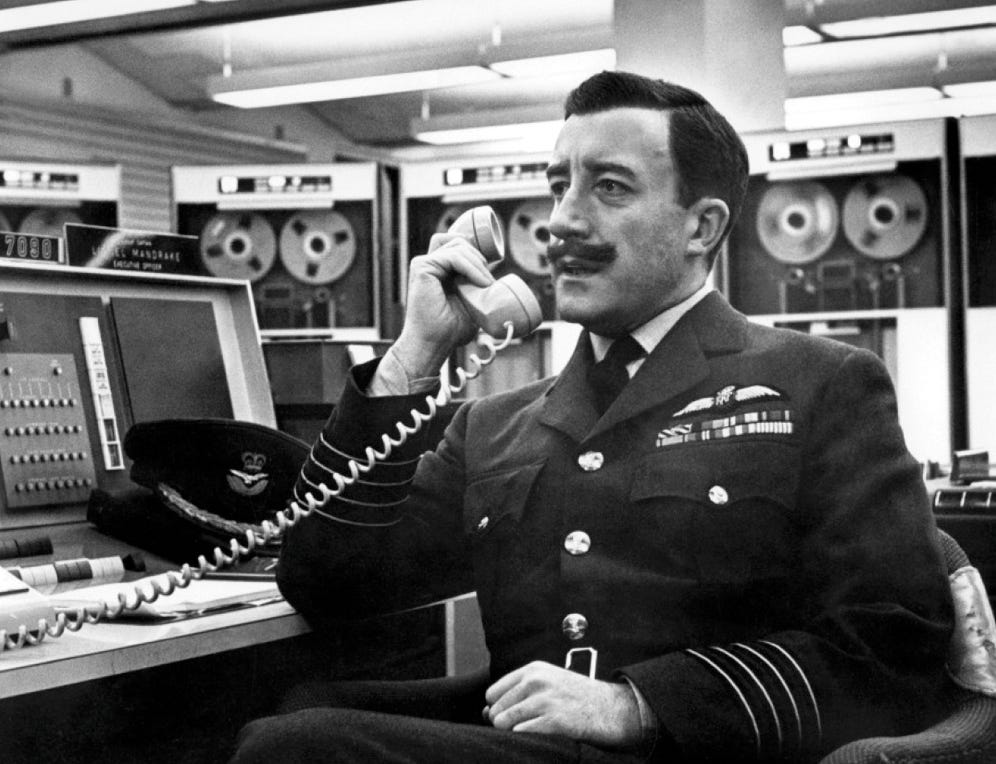
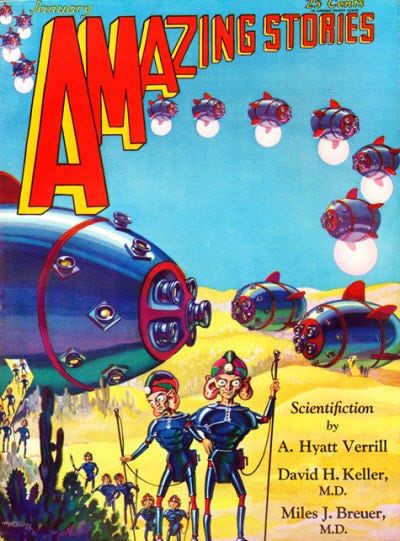

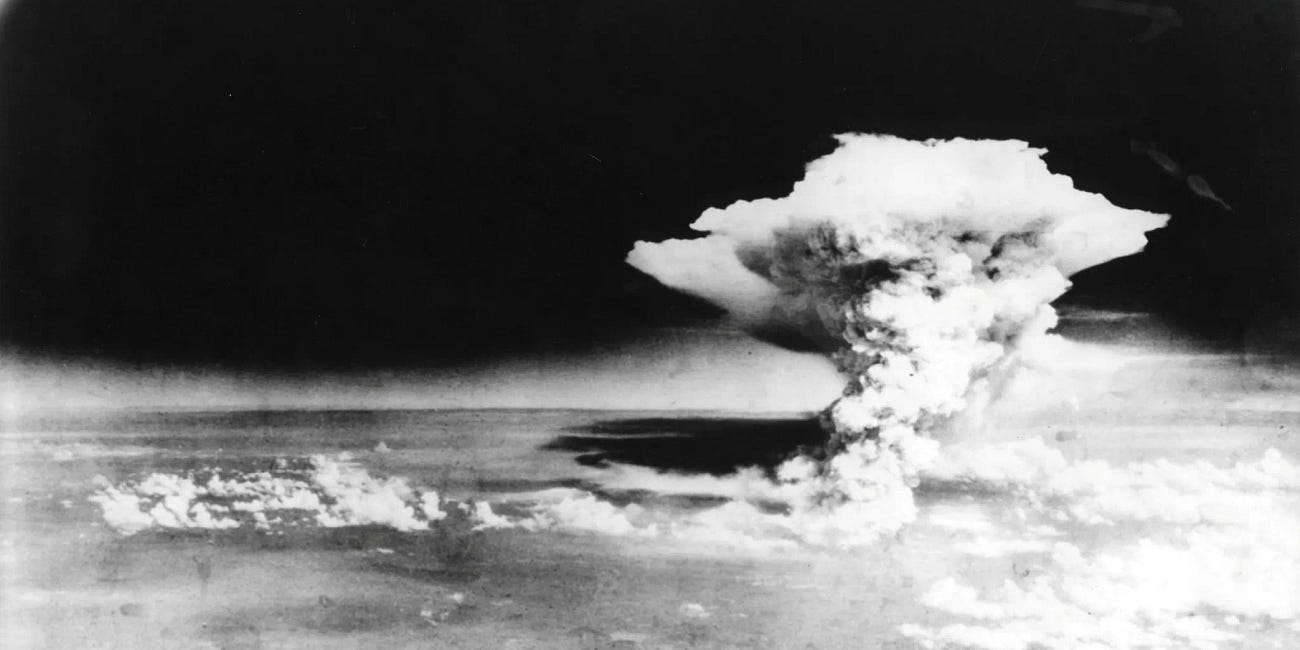
Verily verily I say upon you that Satan is fake, gay and retarded- it appears through the Grace of God almighty that nukes do not detonate. The trickster spirit of Satan is only animated through the will of God, ultimately having no real authority. I do find it amusing that the demiurge appears as “space brothers” promoting peace and prosperity and eternal love- fake and gay and retarded! Evidently Satan peruses Reddit.
Could it be a cosmic horror that has yet to be incised to action? Is it a fiction drummed up by a cabal of maniacal, psychotic and Machiavellian elites? Is it all real and the universe is very, very, very forgiving of this one exception?
This and all of your content brings into question the nature of the universe itself.
Take a bow sir, you outdid yourself here. I also noted that you added a bit more flair to the article, you have definitely become one of my favorites online to read. Thank you!